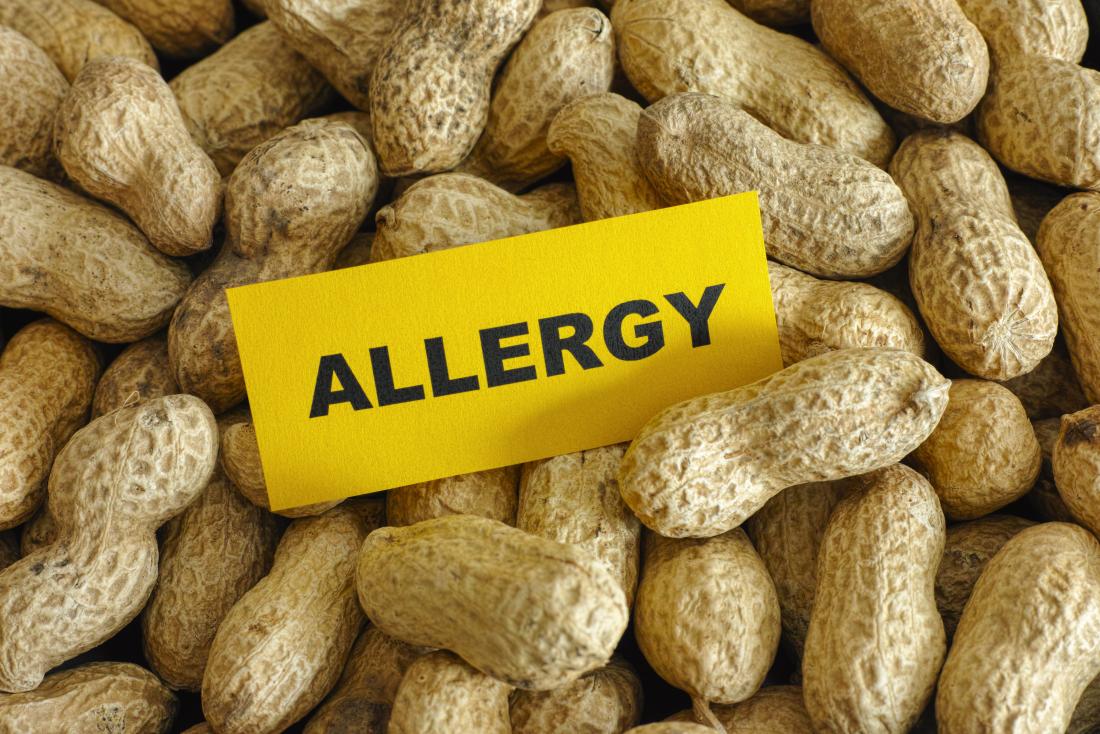CoVerage: A New Digital Tool for Early Detection of High-Risk COVID-19 Variants
Overview
Researchers from the Helmholtz Centre for Infection Research and the German Center for Infection Research have developed an advanced web-based platform—CoVerage—designed to detect and assess dangerous new variants of SARS-CoV-2 at an early stage. Their findings have been published in Nature Communications.
Why It Matters
SARS-CoV-2, the virus behind COVID-19, mutates rapidly. Some mutations enhance its ability to spread, evade immunity, or increase disease severity. These high-risk mutations can result in Variants of Concern (VOCs) or Variants of Interest (VOIs) as classified by the WHO.
The rapid identification of such variants is essential for updating vaccines and implementing public health strategies. While platforms like GISAID collect millions of viral genome sequences, analyzing this data effectively and in real time remains a challenge.
Introducing the CoVerage System
CoVerage is a powerful computational platform that processes and interprets over 16.5 million SARS-CoV-2 genome sequences from the GISAID database. It identifies emerging variants and tracks how these variants evolve across different countries.
The platform uses advanced statistical and bioinformatics tools, including:
-
Fisher’s exact test
-
Multiple comparison corrections
-
Spike protein mutation analysis
-
Antigenic change scoring using a custom matrix
It generates intuitive heatmaps that visually highlight regions and variants showing significant mutation rates and potential immune escape characteristics.
Performance and Validation
To test the system’s effectiveness, researchers applied CoVerage to known VOCs such as Omicron. It was able to flag these variants on average 79 days before their official WHO designation.
CoVerage uniquely scores mutations based on their potential to evade immune defenses—not only at known antigenic sites but across the entire spike protein. These predictions are cross-validated with real-world experimental data, enhancing reliability.
How It Works
The CoVerage platform includes three key modules:
-
Variant Detection Module – identifies emerging strains with enhanced transmissibility.
-
Spike Protein Mutation Tracker – monitors mutation dynamics to spot advantageous changes.
-
Antigenic Alteration Scorer – evaluates how each variant might escape immune detection using a specially designed escape matrix.
Its performance metrics are strong:
-
88% detection rate for WHO-classified VOIs and VOCs
-
79% precision and 72% recall, detecting most variants more than two months early
-
No VOCs missed, with most non-detected lineages categorized as low priority (Variants Under Monitoring)
Limitations and Considerations
The platform’s accuracy depends on the quality and volume of genome sequencing performed by individual countries. Where sequencing is sparse or delayed, predictions may be affected.
Local population genetics and small sample sizes can also influence results, especially when COVID-19 cases are low in a region.
Comparison with Other Tools
While platforms like NextStrain, CoVariants, CovidCG, EVEscape, and SpikePro are also used for genomic surveillance, CoVerage stands out because:
-
It scores all circulating variants in real time for transmissibility and immune escape
-
It offers benchmarked predictions against experimental neutralization data
-
It provides integrated visualizations (heatmaps) and open-access analytics
Moreover, CoVerage integrates GISAID data with external web tools, allowing users to deep-dive into detailed information about any selected variant.








